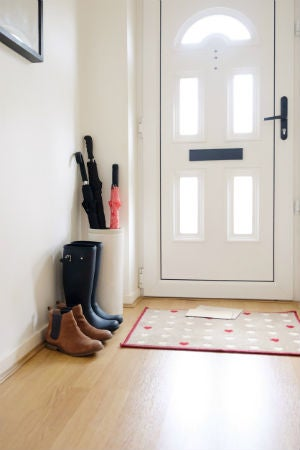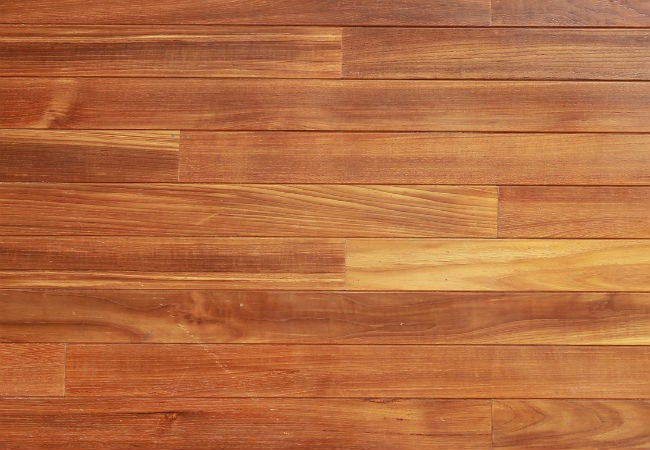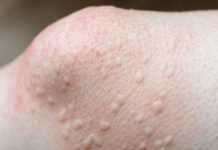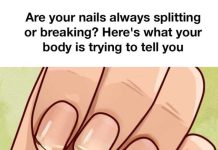Discover the Secrets to Preserving the Elegance of Your Wooden Floors
Wooden floors can impart timeless beauty and added value to your dwelling when properly maintained. However, natural wood is susceptible to wear and tear, water stains, and deeper damage. Prevention plays a pivotal role in preserving your floors. Employ area rugs or soft protective pads beneath furniture, make it a habit to remove your shoes indoors, and trim your pets’ nails regularly.
The type of finish on your wood floor is crucial for its longevity, and knowing the specific finish is key to effective maintenance. For instance, older wood floors installed before 1970 may have been finished with varnish or insect glue. These can be revitalized with paste or liquid wax or oil. If the existing finish bears visible scratches, consider stripping or sanding it down before applying a fresh coat of polyurethane. Ensure that you use water-based silicone polishes exclusively on polyurethane-finished floors.

Photo: istockphoto.com
In cases of extensive wear and tear, a complete floor refinishing may be necessary, a task often best left to professionals. Nevertheless, for minor scratches and discoloration, there are several simple remedies that can rejuvenate your wood floor.
1. Delicately Clean Hardwood Floors
Dust can lead to more severe scratches over time. Avoid using brooms or abrasive tools, and never wet the floor with excessive water or liquid cleaners. Instead, opt for a soft mop or a vacuum cleaner with appropriate attachments to remove dust, hair, and surface debris. To clean, mix two to four drops of liquid soap with a quart of water in a spray bottle, apply it to your polyurethane-finished floor, and gently distribute the solution using a dry microfiber mop. Lightly mist the floor with water and wipe it down with a soft, dry cloth. Alternatively, you can use a commercial, non-toxic wood cleaner that is safe for polyurethane finishes. Look for water-based products containing biodegradable cleaners, such as Begrease, for optimal results.
2. Buff Out Scratches on Wood Floors
With some effort, you can breathe new life into your wood floors. Begin by carefully sanding the damaged areas with fine grit sandpaper, always following the grain of the wood. After sanding, you’ll need to reapply the stain that was removed during the process. Choose an inconspicuous spot (e.g., under furniture) to patch-test a wood stain that matches your floor color. Once you’ve found a suitable stain, proceed to patch-test the polyurethane finish.
Water-based polyurethanes are known for their quick drying and clear, glossy finish, which works well for newer floors. However, as the floor ages, this contrast can become too pronounced. Oil-based polyurethane, although having a strong odor, dries with a yellowish tint that can complement older floor colors. Ensure that the sanded area is smooth and thoroughly cleaned before applying the stain finish.
3. Conceal Scratches with Walnut Oil
Walnuts contain natural emollients and brown dyes that can repair and enhance the appearance of scratched or damaged wood. Warm the oil from the nuts with your fingers and rub it in small circles over the worn areas of the floor. Allow the oil to sit for a few minutes, then wipe it away with a soft cloth. Coconut oil is another option for minimizing scratches on unfinished or freshly sanded floors. Apply a thin coat of coconut oil with a brush or sponge, let it sit for five minutes, and then wipe it off with a soft cloth to give the wood a richer appearance.
4. Create Effective Scratch Repair Mixtures from Household Ingredients
Combine baking soda and olive oil to reduce or eliminate scratches on wood. After thorough vacuuming, apply a few drops of olive oil mixed with baking soda to the scratched area. Wait for five minutes, then gently buff the area with a soft sponge. Clean the area meticulously with a damp cloth and wipe it dry.
5. Explore Specialized Flooring Products for Scratch Repair
Products like Scratch Away and Old English Scratch Cover are designed to repair, clean, and polish scratches on wood and laminate floors. They can also help diminish stains and scratches caused by shoes, pets, and furniture scrapes. Apply these products to a clean wood surface using a soft cloth.

6. Stain Scratches with Wood Stain
Wood stains are available in various formulations, including oil-based, water-based, gel, and hybrid options. These can effectively minimize the visibility of deep scratches. Oil-based stains offer rich, long-lasting colors but have a slower drying time. Water-based stains come in multiple shades, are easy to apply, and simple to clean up. Hybrid stains, designed for polyurethane finishes, are versatile and suitable for various surfaces. Select a stain formula that matches your wood floor and apply it generously to fill in the scratches with liquid color. Remove excess stain with a Q-tip and allow it to dry. Stain markers and blending pens are also available for precise color matching.
7. Polish and Restore with Special Care Products
Minwax Hardwood Floor Reviver can help bring back the beauty and shine of hardwood floors without the need for sanding or polishing. After cleaning the surface, apply the product with a clean paint pad and let it dry. It’s available in both high and low gloss options, allowing you to choose the finish that suits your preferences. The formula typically lasts for 3-6 months.

8. Strip and Start Anew
For heavily coated floors that have lost their luster, consider stripping them down to their unfinished state to restore their original beauty. Liquid strippers like Safest Stripper by 3M can be used for this purpose. Follow the product instructions carefully and wipe in the direction of the wood grain with fine-grit steel wool to remove excess stripper. If you are stripping only a portion of the floor, be sure to perform a stain and polyurethane coating test that matches the final finish.
9. Repairing Deep Scratches
For deep scratches, products like Bondo or stained latex wood fillers such as DAP Plastic Wood can be used. These fillers can be sanded, stained, and painted to seamlessly blend with your flooring. They come in various colors to match your wood surface precisely, making them ideal for small, deep holes and restoring your flooring to perfection.
SOURCE of pictures : istockphoto









